Master Sous-Vide Cooking
Transform Your Kitchen Skills with Precision Temperature Control
Join our hands-on program starting September 2025. Learn from working chefs who use sous-vide daily in professional kitchens across Toronto. No culinary degree needed—just curiosity and a willingness to experiment.
Reserve Your SpotWhy Sous-Vide Changes Everything
Most home cooks struggle with overcooking expensive proteins or ending up with unevenly cooked vegetables. Sous-vide solves this—but only if you understand the science behind it.
Our program walks you through temperature zones, timing charts, and finishing techniques. You'll work with actual equipment in our North York kitchen, not just watch videos. By the end, you'll know how to adapt recipes, troubleshoot common issues, and create restaurant-quality results at home.
We keep classes small—eight students max—because everyone needs time with the circulators and vacuum sealers. You'll also get access to our equipment library if you want to test different brands before buying your own.
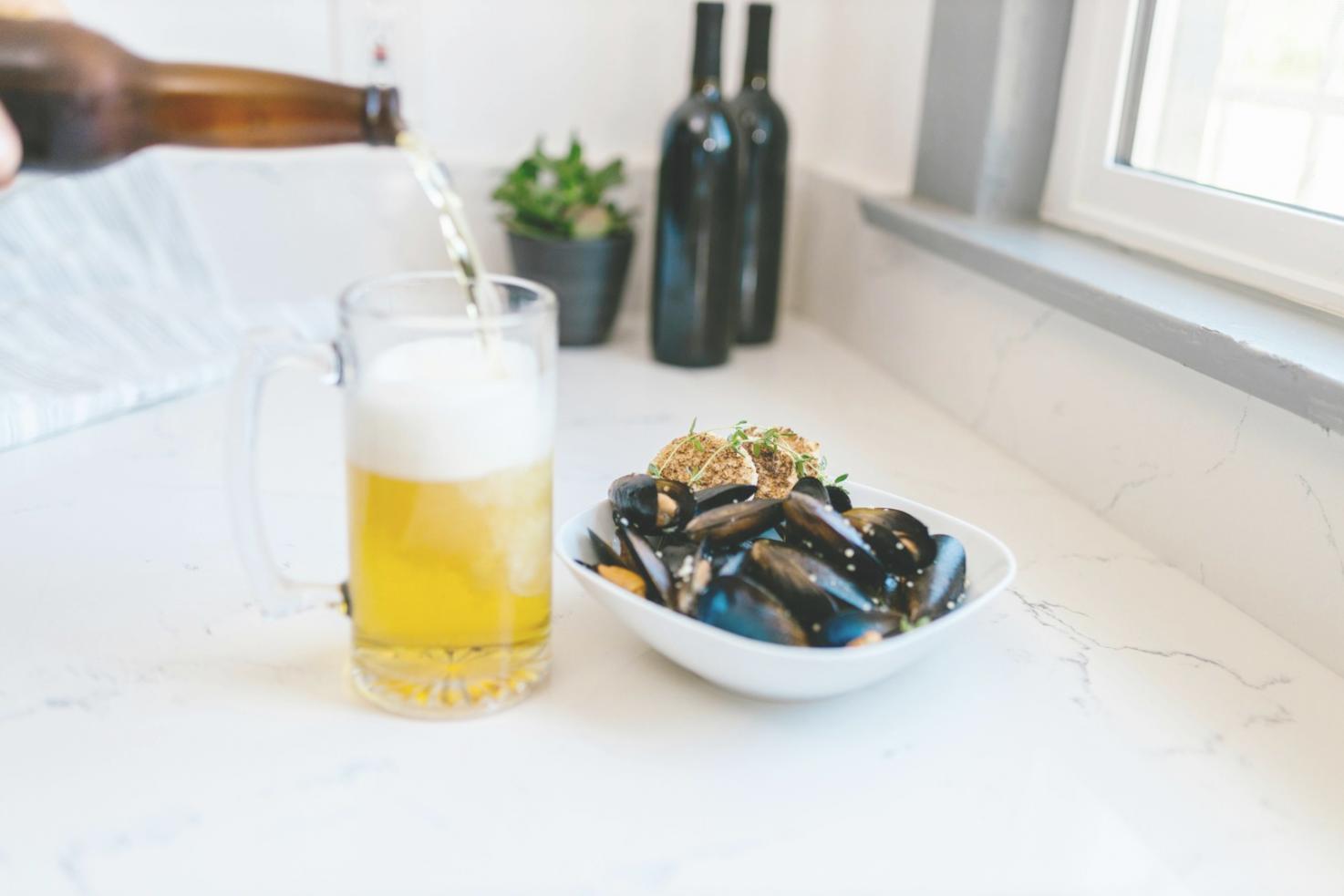
What You'll Actually Learn
Six modules spread over twelve weeks. Each session includes hands-on practice and a take-home project.
Temperature Science
Understanding protein denaturation, collagen breakdown, and texture development at specific temps. No chemistry background required.
Weeks 1-2
Equipment & Setup
Comparing circulators, choosing containers, vacuum sealing vs. water displacement. We test budget and premium options side by side.
Week 3
Proteins & Timing
Chicken, beef, pork, fish—each needs different treatment. You'll cook at least three proteins and learn how thickness affects cooking time.
Weeks 4-6
Vegetables & Fruits
Carrots at 183°F vs. 194°F create completely different textures. We explore produce that benefits from sous-vide and what doesn't work.
Weeks 7-8
Finishing Techniques
Searing, torching, broiling—how to add color and crust without overcooking the interior. This is where sous-vide really shines.
Weeks 9-10
Recipe Development
Adapting traditional recipes for sous-vide and troubleshooting when results don't match expectations. Real problem-solving practice.
Weeks 11-12
Your Instructors
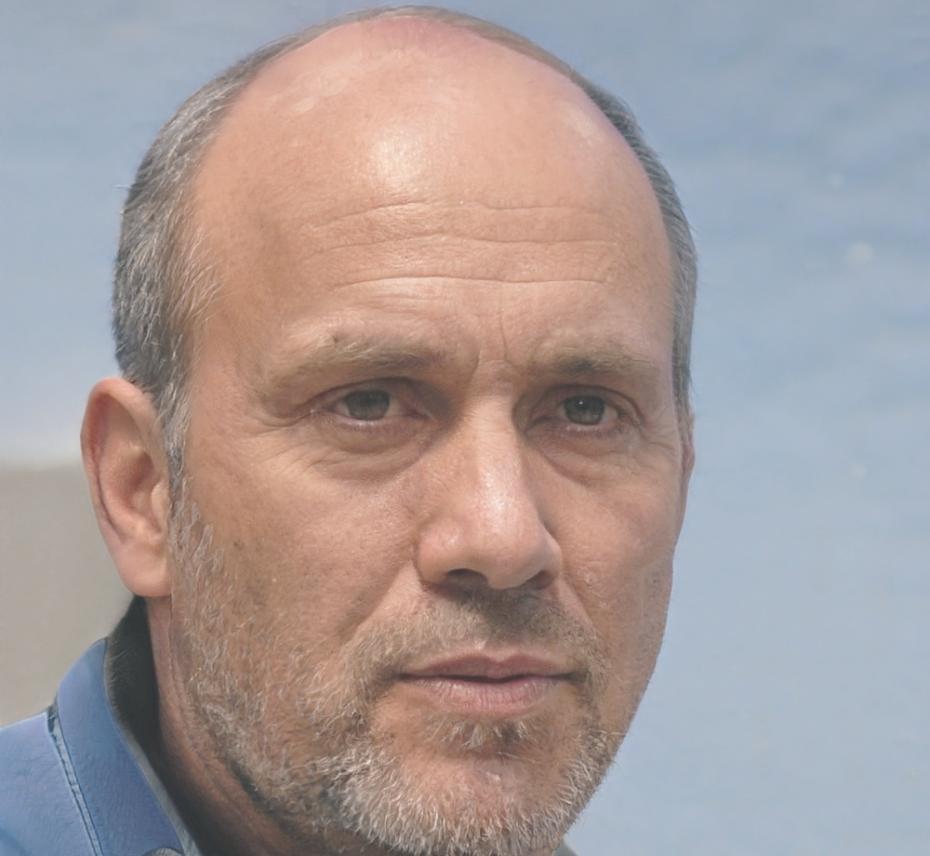
Everett Lindstrom
Protein Specialist
Former sous chef at Canoe. Been working with sous-vide for eight years, mostly with game meats and unconventional cuts.
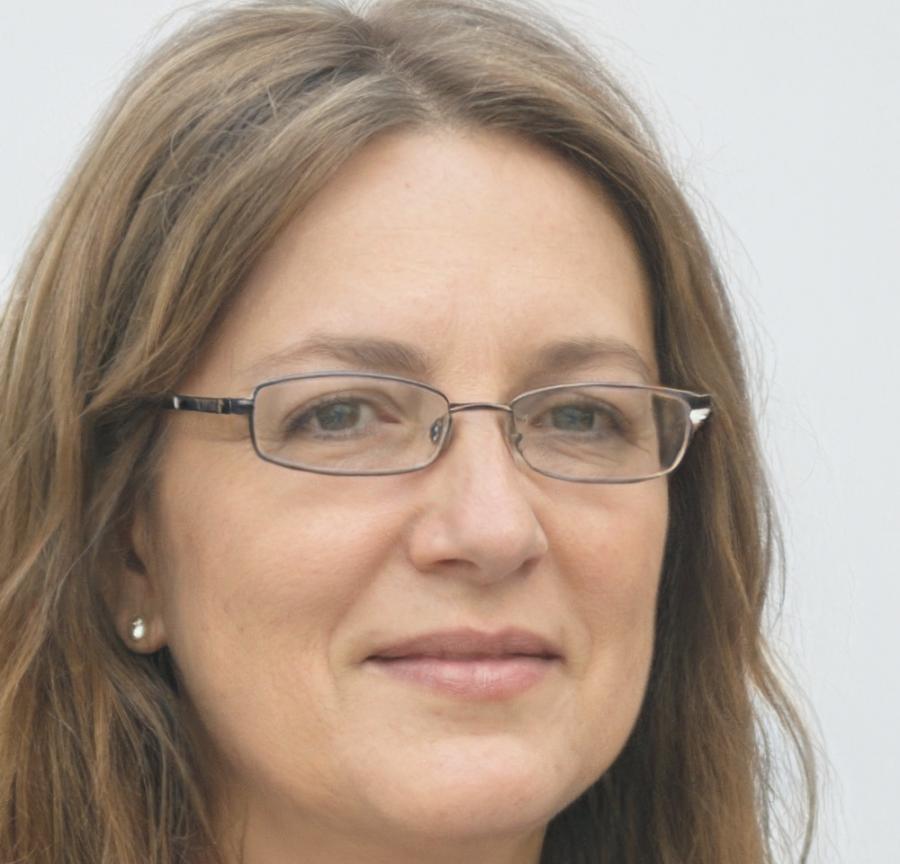
Maren Fjellstad
Vegetable Techniques
Runs a plant-forward catering company. Uses sous-vide to preserve nutrients and intensify flavors in seasonal produce.
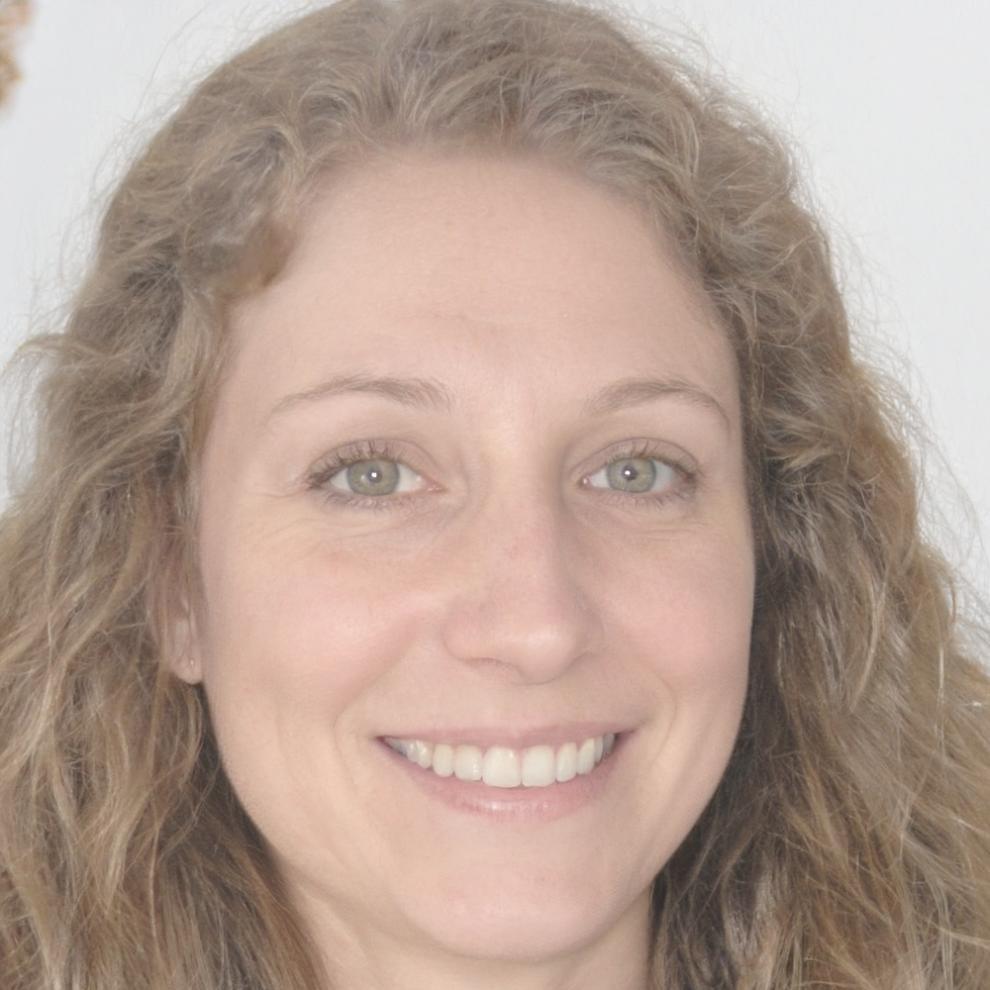
Briony Sinclair
Science & Safety
Food safety consultant who teaches the chemistry side. Makes pasteurization times and danger zones actually make sense.
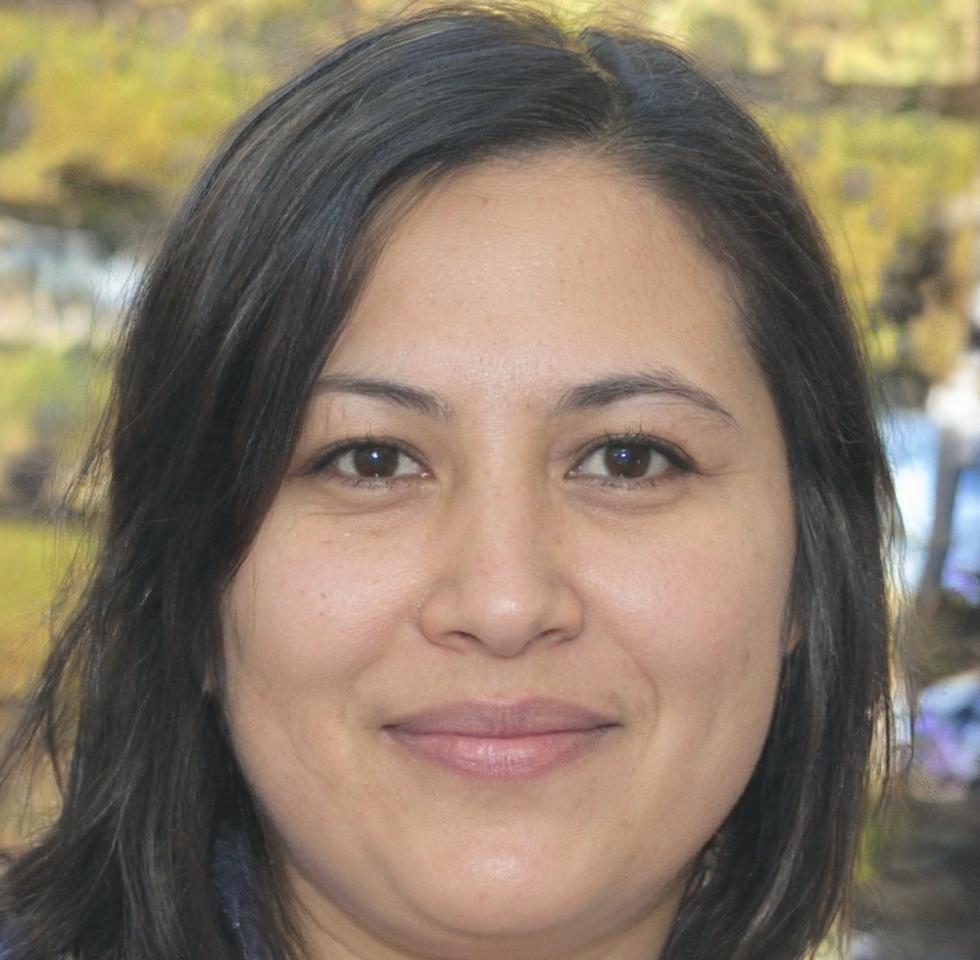
Isolde Vermeulen
Recipe Development
Private chef specializing in meal prep. Helped over 200 home cooks integrate sous-vide into their weekly routines.
Program Investment
Classes meet twice weekly at our Centrepoint Mall location. All equipment and ingredients provided during sessions.
Evening Sessions
12 weeks, Tuesdays & Thursdays 6:30-9pm
$1,850 CAD- 24 hands-on sessions
- Equipment use during class
- Ingredient costs covered
- Digital recipe collection
- Course completion certificate
Weekend Intensive
6 weeks, Saturdays 10am-4pm
$2,100 CAD- 12 extended sessions
- Loaner circulator for home practice
- Ingredient costs covered
- Digital recipe collection
- Course completion certificate
- Post-program equipment discount
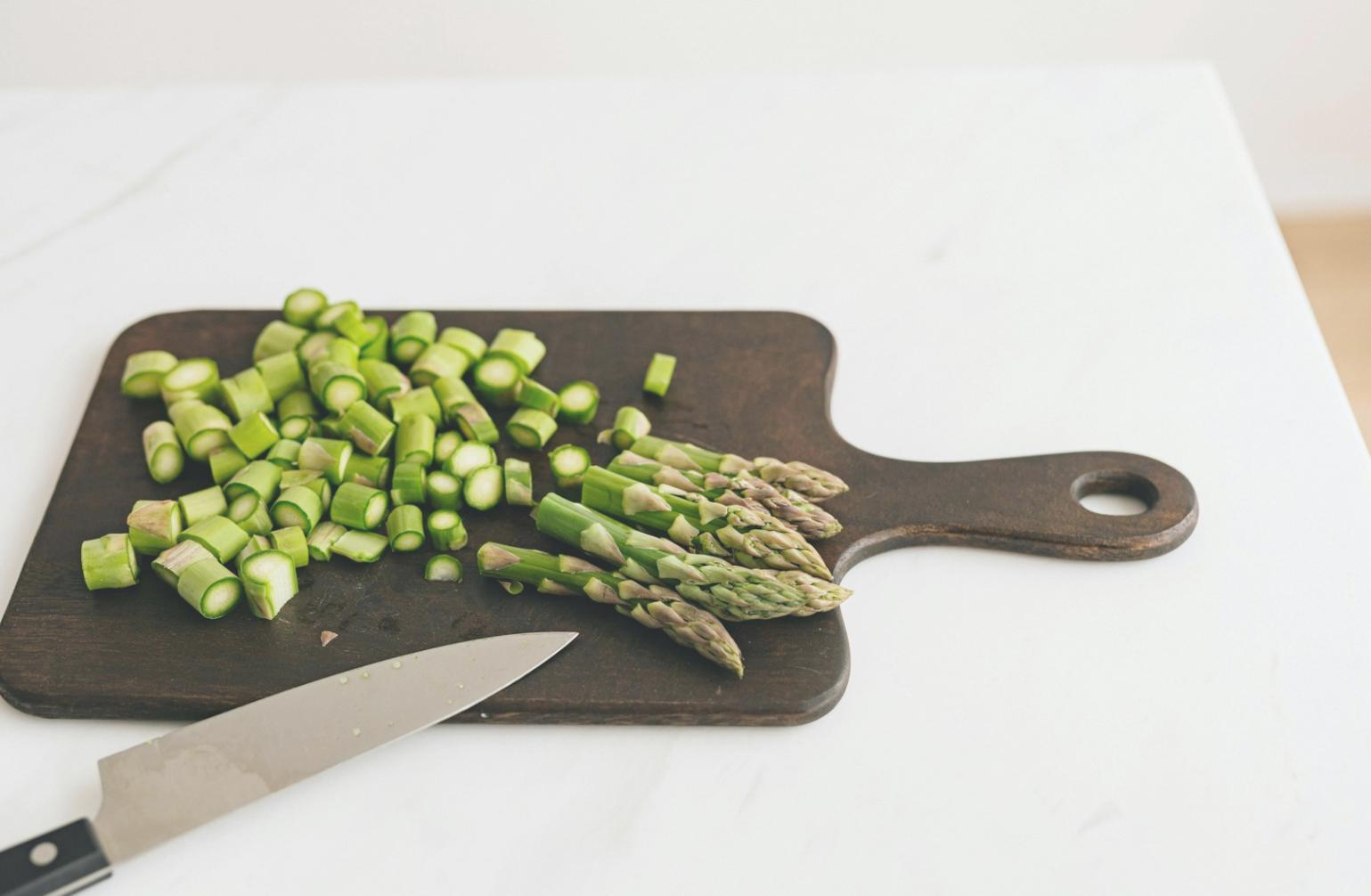
What Happens After
You won't leave the program with unrealistic expectations about opening a restaurant or launching a food business. That's not what this is about.
What you will have is a solid understanding of a specific cooking method. Some graduates use it weekly for meal prep. Others pull out their circulator for special occasions. A few have started small catering projects or teach friends what they learned.
We stay in touch through a private online group where people share recipes and troubleshoot issues. No pressure to attend—it's there if you need it. Several alumni drop by for refresher sessions or equipment demos when we get new gear.